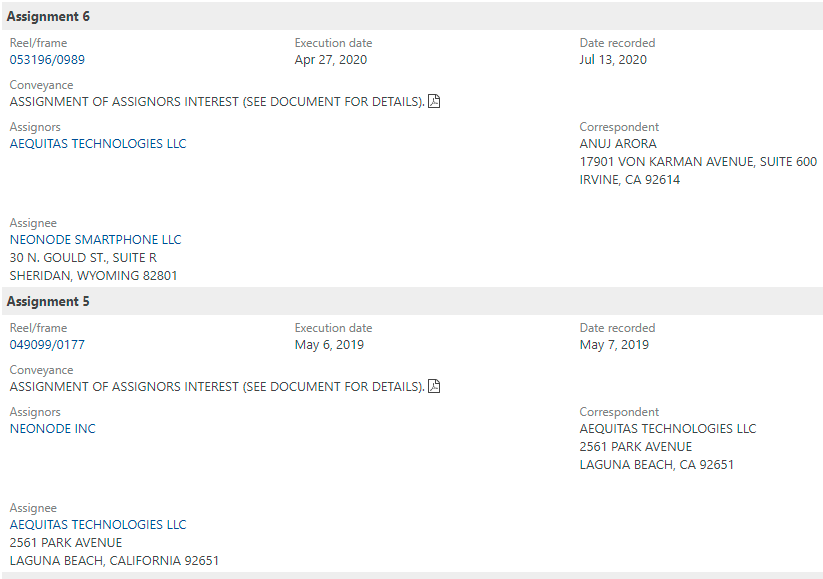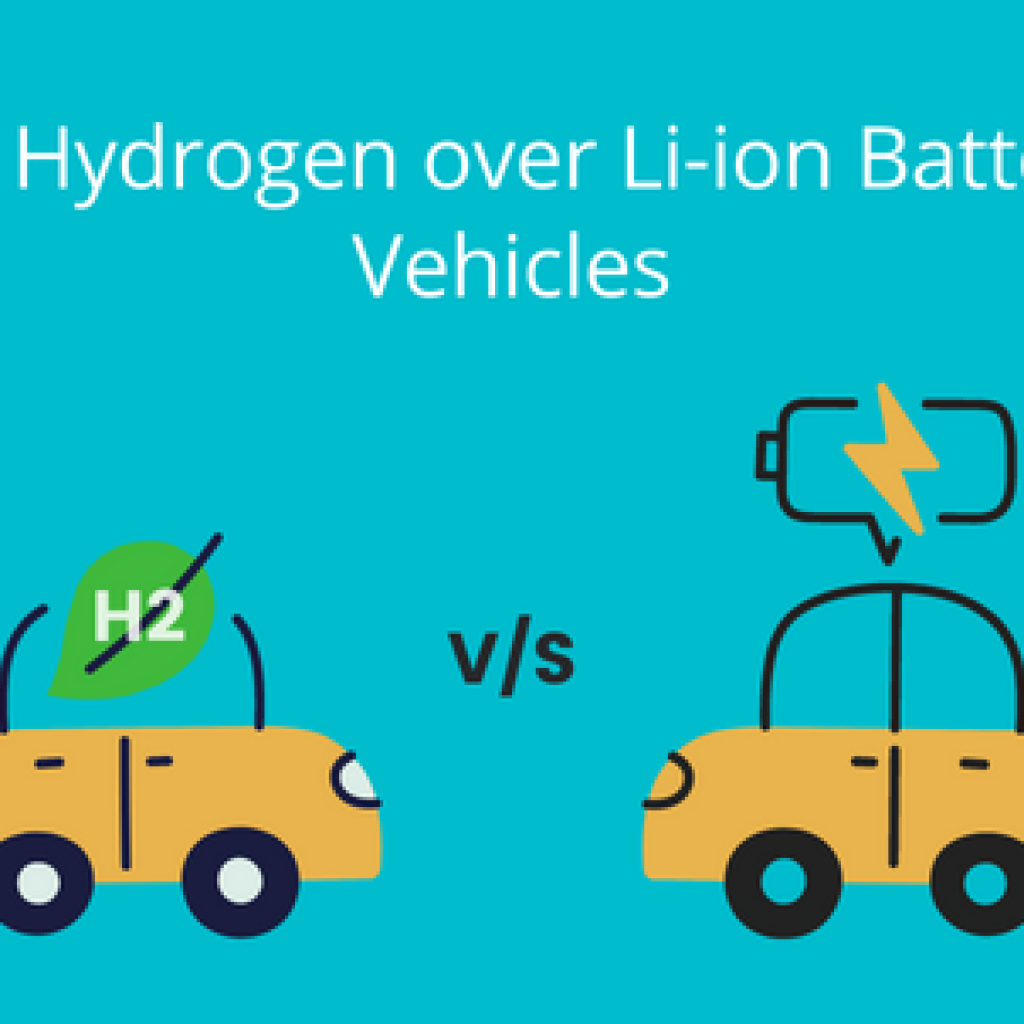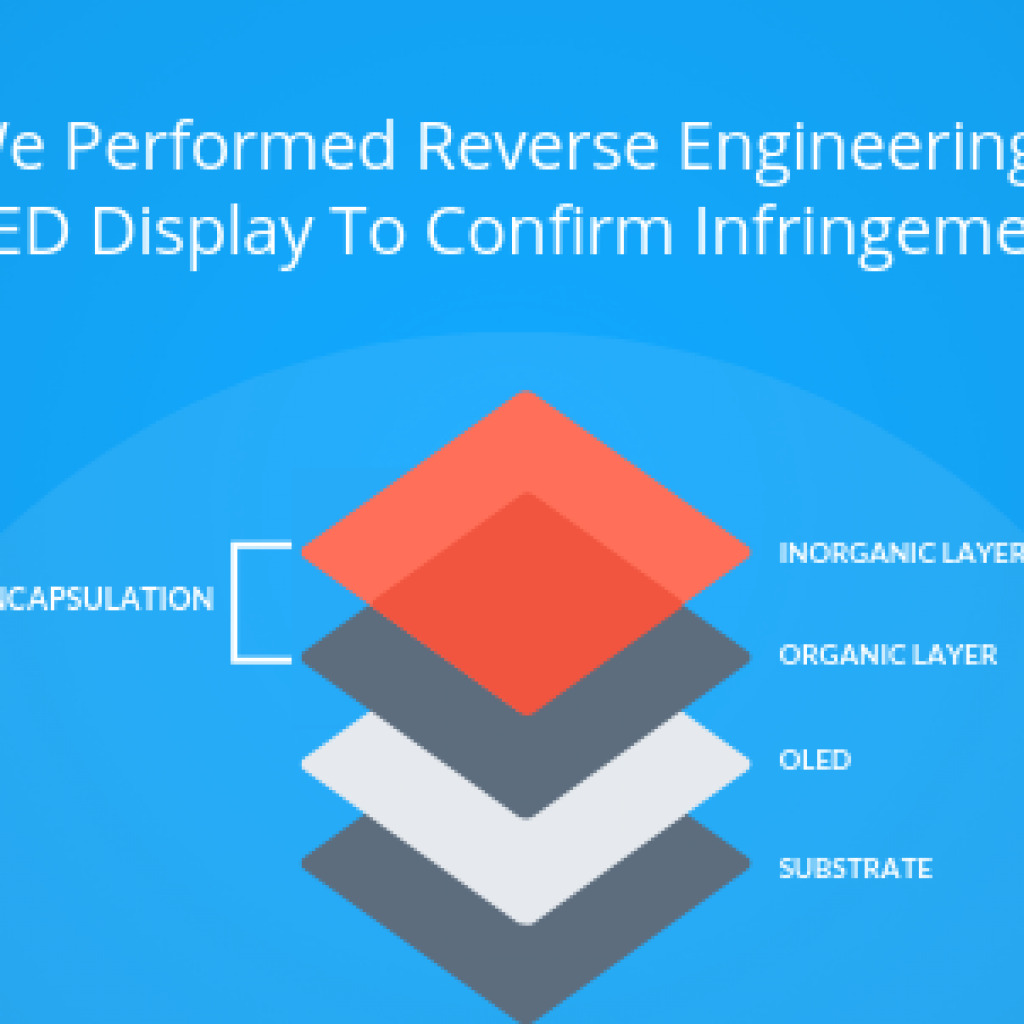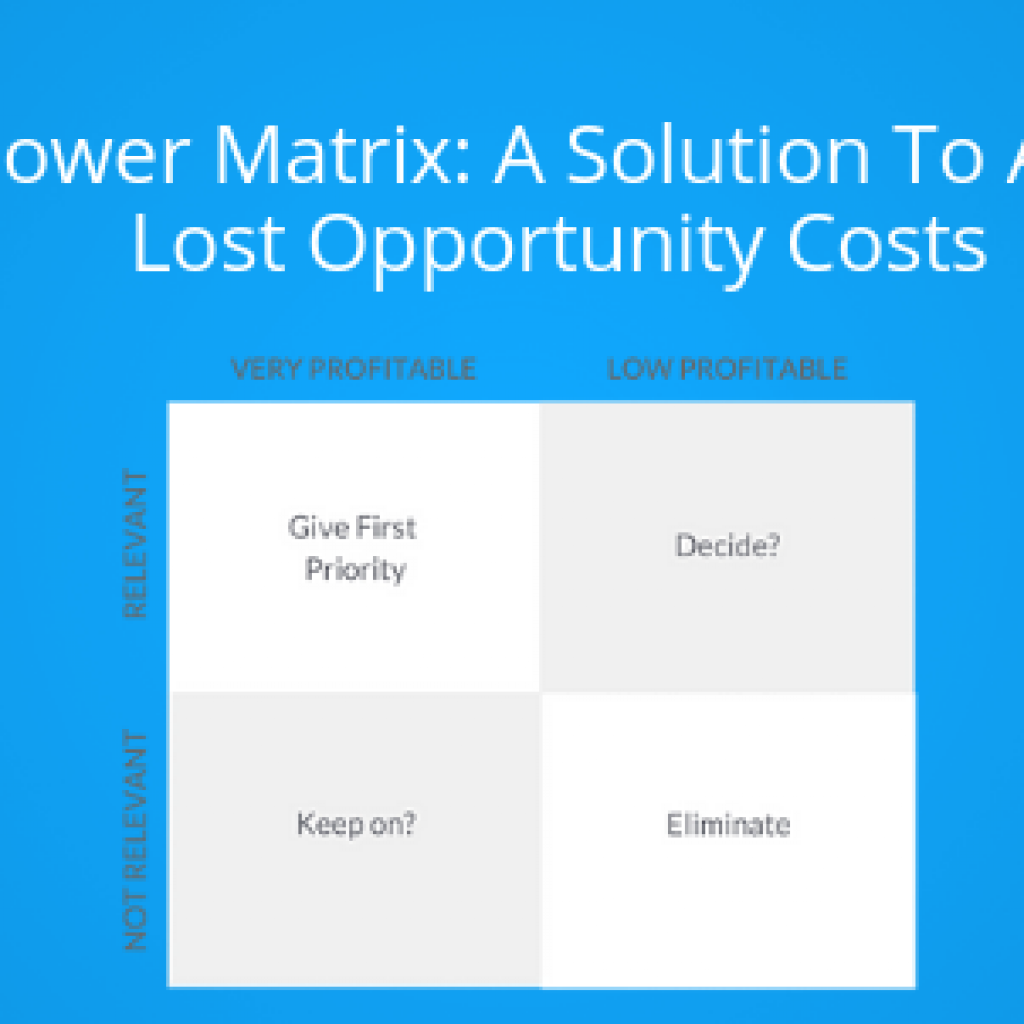Studying various infringement cases, I couldn’t help but notice that companies generally start preparing against litigations only after they are sued. For example, doing non-infringement checks, prior-art searches, etc. But what if you could predict a patent litigation threat before it even surfaces?
Imagine how smooth sailing your business can be. But how do you do that?
We have been keeping track of various patent litigations, especially those filed by Non-Practicing Entities (NPEs) against significant companies like Apple, Google, etc. A few examples are as follows:
- Uniloc is an NPE that sued Google.
- VOIP-PAL.COM, INC., another NPE, again sued Google LLC.
- Neo Wireless LLC v. Apple Inc., Neonode Smartphone LLC v. Apple Inc, and Alivecor LLC vs. Apple Inc.
A pattern is evident from the above cases. The NPEs first acquired all these patents-in-suit. Then later, they used these patents to litigate big companies like Google, Apple, etc.
Now, litigation isn’t a matter of a few thousand dollars. While settlements cost these companies millions of dollars, the hassle of handling the lawsuit is a whole other story. All in all, these litigation cases can burn a hole in your company’s accounts.
Let’s see what happens when an NPE is robustly enforcing patents against practicing entities with the help of an example –
The case of VLSI vs. Intel
VLSI pursued patent infringement claims against Intel, claiming that Intel’s microchips infringed VLSI’s patents. The jury agreed, rendering a whopping $2.18 billion verdict in favor of VLSI.
The litigation involved two patents (U.S. Patent No. 7,523,373 and 7,725,759). USPTO initially issued one in 2012 to Freescale Semiconductor Inc. and the other in 2010 to SigmaTel Inc. Freescale bought SigmaTel and was later bought by NXP in 2015. As a result, the two patents were finally transferred to VLSI in 2019.
But the Giants are believed to know it all. So how come they missed out on something that will harm them down the line? What is it that they are overlooking?
What could help big companies tackle problems of upcoming patent litigation threats?
How can a company like Intel, Apple, Google, etc., predict patent litigation threats and save some of those billion-dollar bills?
If somehow these companies are alerted beforehand, they could be better prepared. They may seek some research at their end, check the validity of the subject patents, or take an early license. Both options could give them a steep cut in the finances involved in the legal battle.
With that in mind, I set out to find an answer to this question. And after a thorough analysis and brainstorming with my teammates, I knew how companies could save themselves from such litigations.
Intrigued?
Let me explain this with another example.
Neonode Smartphone LLC (NPE) vs. Apple.
Neonode Smartphone LLC is a subsidiary of Aequitas Technologies LLC. Both are NPEs. Further, Neonode Smartphone LLC has profit-sharing rights with Neonode Inc. (an operating company and owner of patents-in-suit) from monetizing these patents. (source)
The patents-in-suit were US Patent Nos. 8,095,879 and 8,812,993. Neonode Inc. formerly owned them. First, they were transferred to Aequitas Technologies LLC (NPE) on May 7, 2019, and then to NeoNode Smartphone LLC on Jul 13, 2020. The snapshot below represents the same:

Later, NeoNode Smartphone LLC used these patents to file infringement lawsuits against Apple Inc., Samsung Electronics Co. Ltd., and Samsung Electronics America, Inc., respectively, in the Western District of Texas, USA, on June 8, 2020.
All this information led my team to an idea- what if we can generate a trigger for such cases?
Generating a trigger for companies to track potential litigation threats
Whenever NPEs get their hands on patents like US Patent Nos. 8,095,879 and 8,812,993 can likely affect a big company like Apple, Google, etc., and the respective companies receive a trigger. The trigger can help them remain better informed and make strategic decisions fast. Thus saving millions of dollars in the legal battles that might follow.
The next thing to figure out was how can we do this.
We started thinking about what we already had in our hands.
“We have a database of NPEs. Further, we can complement it with the litigation data to prioritize the NPEs which are more active in litigation. This gives us a refined list of NPEs that will likely use assigned patents for litigation.”, I babbled in my head.
As the next step, we decided we could keep track of assignment data (USPTO assignment data) weekly and check if any patent is assigned to any of these NPEs. This includes patents assigned to any NPEs regardless of their previous litigation history (we never know who can become a threat in the future).
Combining all this, we laid out our plan – once we identify a patent assigned to an NPE, we’ll check the relevancy of the patent and the potential companies for which it can be a threat.
We can then send a trigger/notification to these companies for the respective patent assigned to the NPE.
How will we identify the target companies for the assigned patent?
Well, this was no rocket science. We’ve got BOS for it.
It was time to merge the power of mind and machine.
Our BOS Tool helps determine whether the examiner used the patents in focus to reject (102/103 rejections) patent applications filed by other companies. It indicates the other company that tried to patent something similar to what is already protected. The assignee of these patents may use them to file litigation against big companies.
For example – On inputting US Patent Nos. 8,095,879 and 8,812,993 into the BOS tool, we identified that one of them, ‘879, was used by the examiner to reject patent applications filed by Apple during the period 2013-2015 (much earlier than the actual litigation was filed).

The patents were transferred to Neonode smartphone LLC on July 13, 2020, and patent litigation was filed a month later on August 06, 2020.
The other thing to note is that Apple has cited this patent US8095879B2 25+ times.
Now, if Apple had gotten a trigger as soon as Neonode Smartphone LLC acquired these patents, it could have prepared itself for the upcoming patent litigation by Neonode Smartphone LLC.
The story does not end here. So next, I set out to find the future threats Apple may face.
Can Apple face another litigation by NeoNode Smartphone LLC?
We do know NeoNode Inc previously assigned a few more patents to NeoNode Smartphone LLC. And later, the NPE used them to target Apple. So there is a possibility that NeoNode, Inc. will repeat the pattern with some of its other patents.
To ensure this, I inputted all the US patents held by NeoNode, Inc. into our BOS tool. Analyzing the result, I found two more patents, US8339379B2 and US10534479B2, from NeoNode, were used to reject Apple’s patent applications. Thus, these patents may be of potential threat to Apple.
Here’s a quick snapshot of what I found for the patent US8339379B2.

Not just Apple, this patent has also been used to block patent applications of at least a dozen other companies. Unfortunately, this means all these companies may have a lawsuit coming.
Conclusion
This strategy of generating a trigger through BOS can help companies like Apple, Google, etc., to remain informed about future patent litigation threats. Accordingly, companies can use this info to strategize their plans. With just a simple background check, they can save millions of dollars that companies may spend in future legal battles.
Want to see how BOS works? Here you go!
To activate threat monitoring for your company,

Authored By: Aadarsh Sharma, Patent Monetization Team









